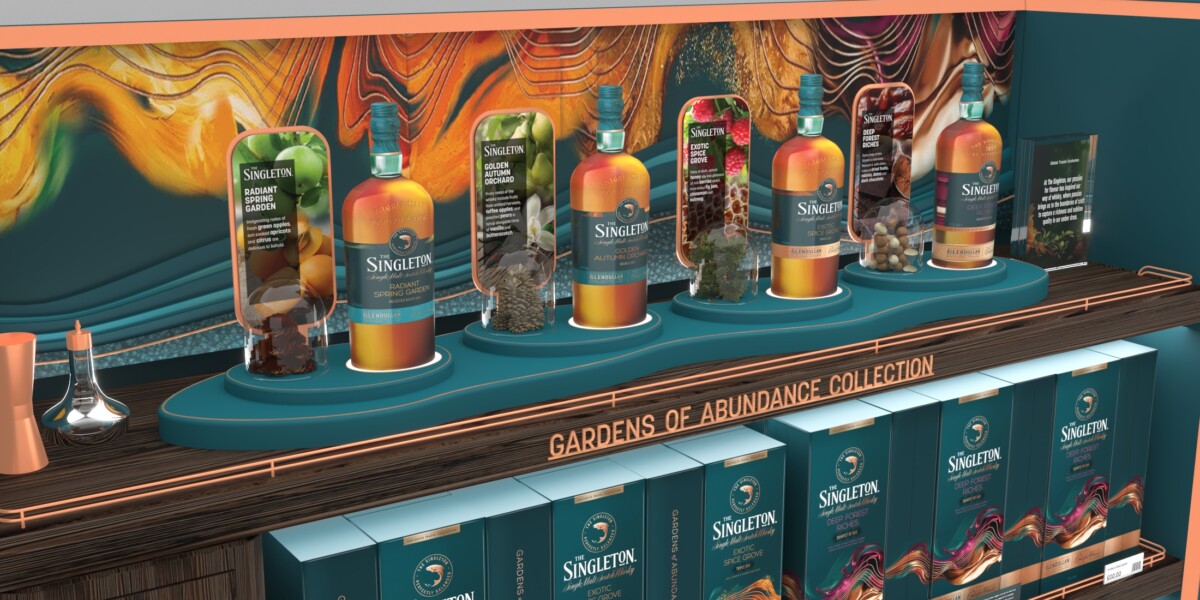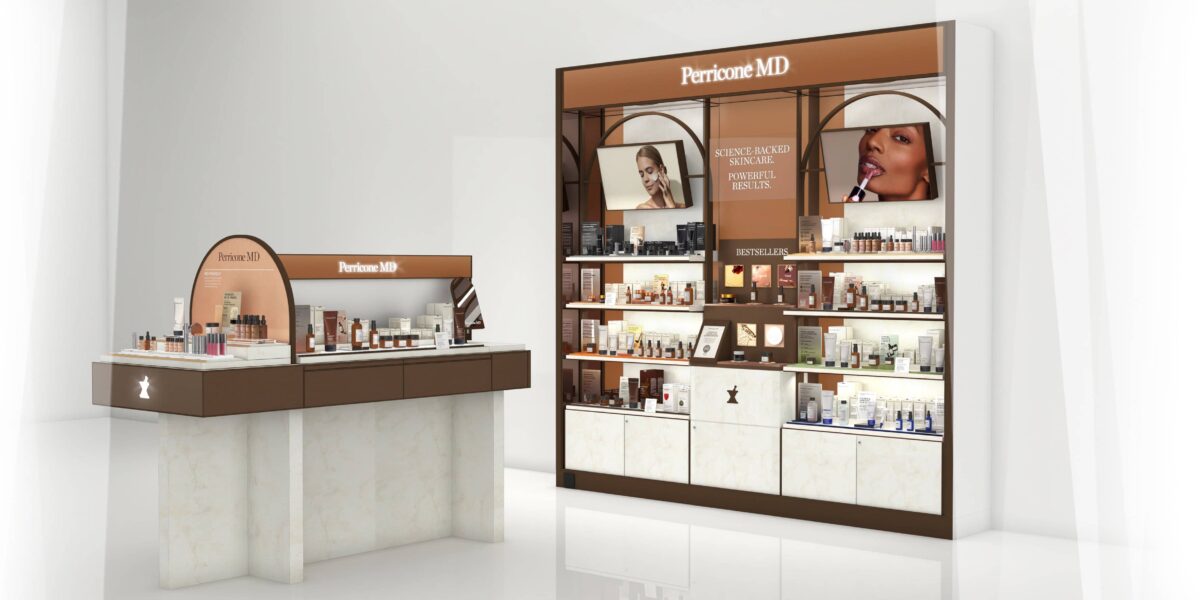The Blueprint for Effective Retail Store Design

Designing the Journey
Digital culture has reshaped retail spaces, with brands designing visually striking environments for social sharing. Beyond function, retail design now blends aesthetics and experience to create destinations that resonate in-store and online.
The intent behind retail retail pop-up shop design, window display design, and retail store design is rooted in consumer psychology, leveraging strategic cues to influence how individuals engage with a space by appealing to their subconscious preferences. Components of design, such as visual cues, spatial layout, and sensory engagement, along with a multitude of other factors, work together to shape consumer behaviour.
Environmental psychology studies suggest that lighting, colour, and texture influence emotions and decision-making, while strategic store layouts can guide movement and encourage interaction with products.
Open space plays a crucial role in this, commanding shoppers’ attention and allowing for seamless navigation, making the shopping experience feel intuitive and inviting.
In this blog, we’ll explore key factors shaping the retail experience, focusing on how they influence customer movement, engagement, and emotions. We’ll also examine how brands can leverage these elements to enhance shopping experiences and drive sales.
Path to Purchase
A silent storyteller—store design has a greater impact on consumer behaviour than you may think, quietly influencing choices and determining how people perceive the environment they are immersed in. The ‘decompression zone’, the initial few steps you take when you enter a store, sets the tone for your visit. This area should be open and transparent, allowing customers to move freely before engaging with the merchandise. To maximize impact and visibility, key displays should be positioned just beyond this space.
Well-designed displays can increase sales by an incredible 540%, according to a study published in the Journal of Marketing, underscoring their critical role in a store’s success. Carefully planned layouts, meticulous attention to detail, and eye-catching design produce a captivating shopping experience that draws in and promotes increased expenditure.
Setting the foundation for a good shopping experience and easing customers in are the key objectives. Scent and music are examples of sensory components that create a welcoming environment that affects engagement and mood. Signature fragrances help customers remember brands, and a carefully chosen playlist can entice customers to stay. Product placement is also crucial; eye-level products draw attention, and last-minute decisions are tapped into by impulsive purchases close to the register. By thoughtfully combining these elements, retailers can create an inviting atmosphere that enhances the shopping experience, encourages engagement, and ultimately drives sales.
[Image Credit: Photo by Robin/Pexels]

The Psychology Behind Interiors
A retail space’s interior design greatly influences the experiences and opinions of its patrons. A relaxing atmosphere is facilitated by comfortable surroundings with warm hues, enticing textures, and gentle lighting. Customers are more likely to feel at ease, remain longer, immerse themselves within a brand because of this emotional connection. Sleek minimalist designs, on the other hand, convey a sense of elegance and modernity. Clean lines, open areas, and subdued colour schemes exude elegance and appeal to clients who appreciate high-end design and simplicity. A popular trend for improving customer well-being is biophilic design, which integrates natural components like wood, plants, and natural light. These components create a calm and grounded atmosphere by lowering tension and elevating mood. Stores may create a more enjoyable, stress-free shopping environment and entice customers to stay and return by bringing them closer to nature.
[Image Credit: Greenery NYC]

Signage, Colour and Lighting
Lighting is one component that companies are aware should not be disregarded. Lighting can influence emotions, highlight a brand’s individuality, and liven up certain areas, whether it be general in-store lighting, under-counter lighting, or something even more customised. In-store neon signage is a particular trend that has become increasingly popular as of late. This fun exuding, decorative lighting is being used by retailers to lure customers in from the street, direct customers to a particular area, and gives stores a modern yet retro feel.
Lighting, colour, and signage were all combined in pureseoul’s Playful Sky-Scape design to create an engaging and unforgettable ambiance. As opposed to the vivid colours of most K-Beauty boutiques, the brand’s “pure” approach was emphasised with a soothing colour scheme of blue tones, off-whites, and nudes. Clear, eye-catching signage led visitors through the area with ease, while flowing, cloud-like lighting gave depth and whimsical touches. The result was a distinctive and immersive retail experience that perfectly reflected pureseoul’s brand identity, offering customers a serene yet engaging space to explore.

Interested in designing your dream store?
Effective retail design is driven by strategy, with every element serving a purpose beyond aesthetics. From colour psychology to space planning, each choice influences emotions, behaviour, and brand identity. Thoughtful, research-driven design transforms stores into immersive spaces that enhance experiences and build loyalty.
Whether it’s a shop-in-shop, window display, or a full brand refresh, we’re here to bring your vision to life with meticulously crafted retail design.











